At Peak Sports And Spine Centre, we like to provide our athletes tips to prevent
future episodes of back pain whilst also improving performance. The hip hinge
is a fantastic exercise to correct common faulty movement. Utilize this drill to
ensure your back is kept in a safe neutral position whilst bending over. This
exercise will benefit those who bend over to pick up children, to those whom are
performing heavy deadlifts!
What is the hip hinge?
The hip hinge is a fundamental primal movement pattern. To keep our back safe
when bending over to lift, it’s vital that we hinge from our hips. This movement
keeps our neutral spine position whilst we have shift our weight posteriorly,
ensuring movement comes from the hip rather than the lumbar spine. This
decreases our likelihood of suffering a low back injury. The hip hinge exercise
takes you from moving through a complete flexion (bending forward) range, to a
complete extension range (bending backwards to the starting position). If we do
this correctly, we will engage the muscles that make up the posterior chain of the
body and give us more strength and power.
How to perform a hip hinge?
1) Grab a broomstick/dowel. Whilst standing with your feet shoulder width
apart, place the dowel against your back ensuring it is in contact with 3
places of your body – the back of the skull, between your shoulder blades
and the top of the sacrum. Keep the rib cage down, as opposed to letting
the ribs flare open, and engage the core muscles.
2) From the above starting point, sit backward from the hips, ensuring the
dowel’s three places of contact don’t change. If the dowel loses contact
with any of the three points, then you have lost your neutral spine
position and therefore should start the exercise again. Please see Coach
Amy performing an example of a correct hip hinge below;
Here is a video of Coach Amy performing a modified version of the hip
hinge to ensure she is keeping a neutral spine when squatting;
Here are two videos of Amy demonstrating an incorrect hip hinge and
modified hip hinge;
What prevents a good hip hinge?
If you are unable to maintain the neutral spine position throughout the hip hinge,
then you may need to address the following areas;
Lower limb mobility deficits
Motor control
Core strength/control
Come in to see our physiotherapists if you are having difficulties performing the
hip hinge exercise in order to determine which areas we need to focus on to
improve your lifting mechanics.
Let's get started — How can we help?
Physiotherapy
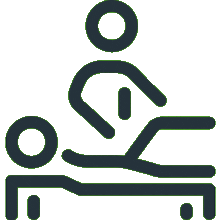
Chiropractic
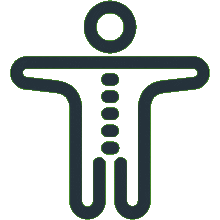
Podiatry
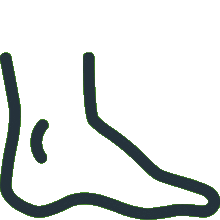
Massage Therapy
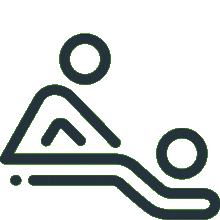
Women's Health Physiotherapy

Running Program Tailored To Your Goals
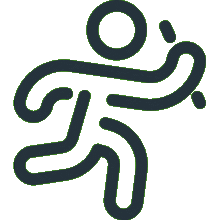
Joint Mobilisation

Active Release Technique
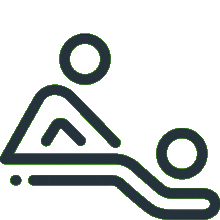
Exercise Prescription
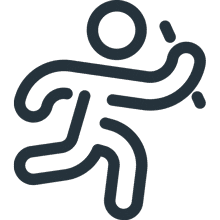
Real Time Ultrasound Imaging

Spinal Manipulation
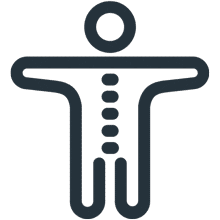
Functional Movement Screen
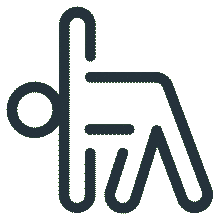
Knee Pain Treatment

Hamstring Strain Treatment
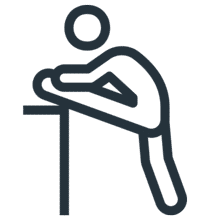
Hip Pain Treatment

Upper, Middle & Lower Back Pain

Neck Pain Treatment

Shoulder Pain & Rotator Cuff Tear

Can't find what you're after?
View all ServicesOr email the PEAK team at info@peakssc.com.au
Hawthorne
- Phone: (07) 3399 3318
- Fax: (07) 3319 6577
Address
5/171 Riding Road,Hawthorne, QLD, 4171 Get Directions
Opening Hours -
6 days per week
- Monday - Friday: 7:00 am - 8:00 pm
- Saturday: 7:00 am - 1:00 pm
To make a booking outside of business hours, please use our form by clicking here.
New Farm
- Phone: (07) 3399 4668
- Fax: (07) 3319 6577
Address
1/15 Lamington Street,New Farm, QLD, 4005 Get Directions
Opening Hours -
6 days per week
- Monday: 7:00 am - 8:00 pm
- Tuesday: 7:00 am - 8:00 pm
- Wednesday: 9:00 am - 8:00 pm
- Thursday: 10:00 am - 8:00 pm
- Friday: 7:00 am - 3:00 pm
- Saturday: 7:00 am - 3:00 pm
To make a booking outside of business hours, please use our form by clicking here.